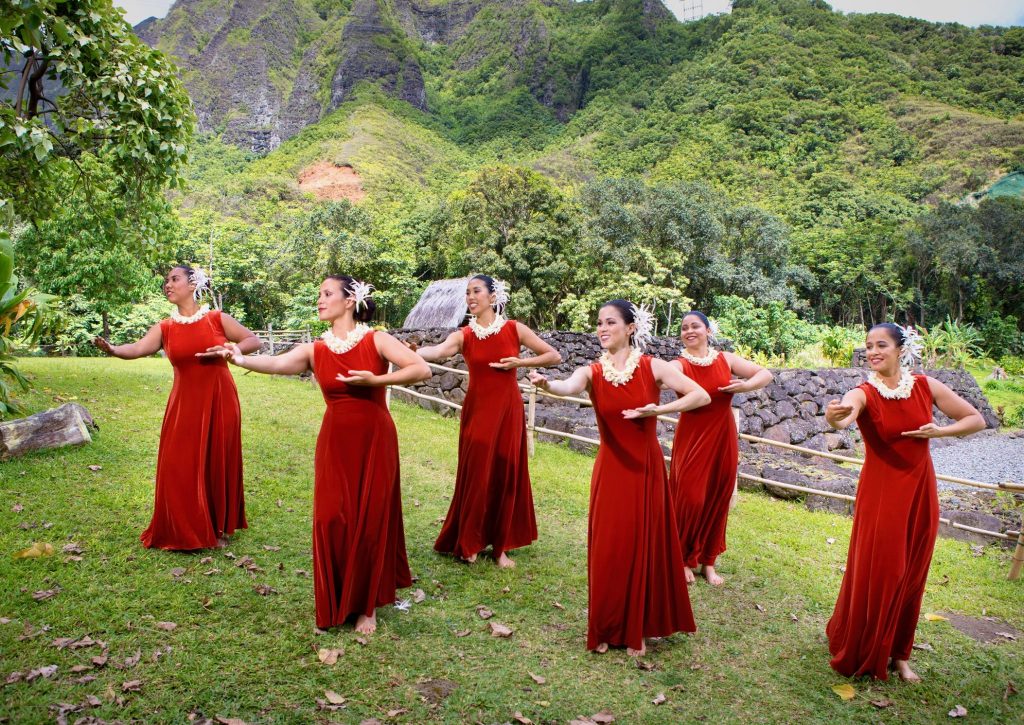Tourism Roars Back in Hawaii But It Looks Very Different As New Challenges Surface

Skift Take
Experts say Hawaii's tourism officials are making a genuine effort to build back better, but this is where the rubber meets the road: Who will tackle Hawaii's overcrowding problem? And with legislators aiming to slash Hawaii Tourism Authority's funding and authority, how will a majority domestic tourism market impact Hawaii's travel industry?
A fragmented global tourism recovery has created the perfect storm for Hawaii to rank as one of the most in-demand destinations for American travelers this summer. It's not the slow ramp-up that the Hawaii Tourism Authority had anticipated, nor a larger reopening in the midst of a global competition for travelers.
With major source markets including Asia, Oceania and Canada still restricted to travelers in both directions, plus the flow of disposable income from federal stimulus checks and controlled pandemic in Hawaii — west and east coast U.S. travelers are flocking to the archipelago.
“Tourism is back and it’s very American,” John De Fries, CEO of the Hawaii Tourism Authority. “I would expect that summer in Hawaii is going to really match where we were in summer 2019; that’s a lot faster than any of us could have predicted.”
Close to a half million visitors flew to Hawaii in April, primarily from the mainland. The numbers are approaching the daily visitor average of 28,500 a day in 2019 — De Fries said that the last couple of weeks have averaged between 21,000 and 23,000 tourists a day.
Visitor spend for April reached $811 million, compared to $1.32 billion in April 2019.
Beyond the numbers, however, lies a more complex tourism rebound.
It’s a lower-spending and beach-focused domestic tourist that’s heading to Hawaii, which could have unintended consequences for its travel industry.
The rush also comes just as Hawaii Tourism Authority is facing a potential $20 million budget and authority slash, after months of being knee deep into the work of “building back better.” Community-based destination management action plans are almost complete, identifying each island's hotspots and priorities, and a regenerative tourism campaign launched this month.
House bill 862 aims to limit the tourism board's role to marketing rather than funding cultural programs, citing accountability for pre-pandemic spending patterns. Hawaii Governor David Ige will either sign or veto the bill by June 21.
“That budget reduction is concerning but it's not the end of the world, we anticipate a surplus that we will carry over of roughly $12 million,” De Fries said.
Of greater concern to De Fries are the future funding mechanism changes in the bill. The transient accommodation tax, which usually goes into a Hawaii Tourism Authority special fund, would move into the state’s general fund. Those tourism tax funds would then have
